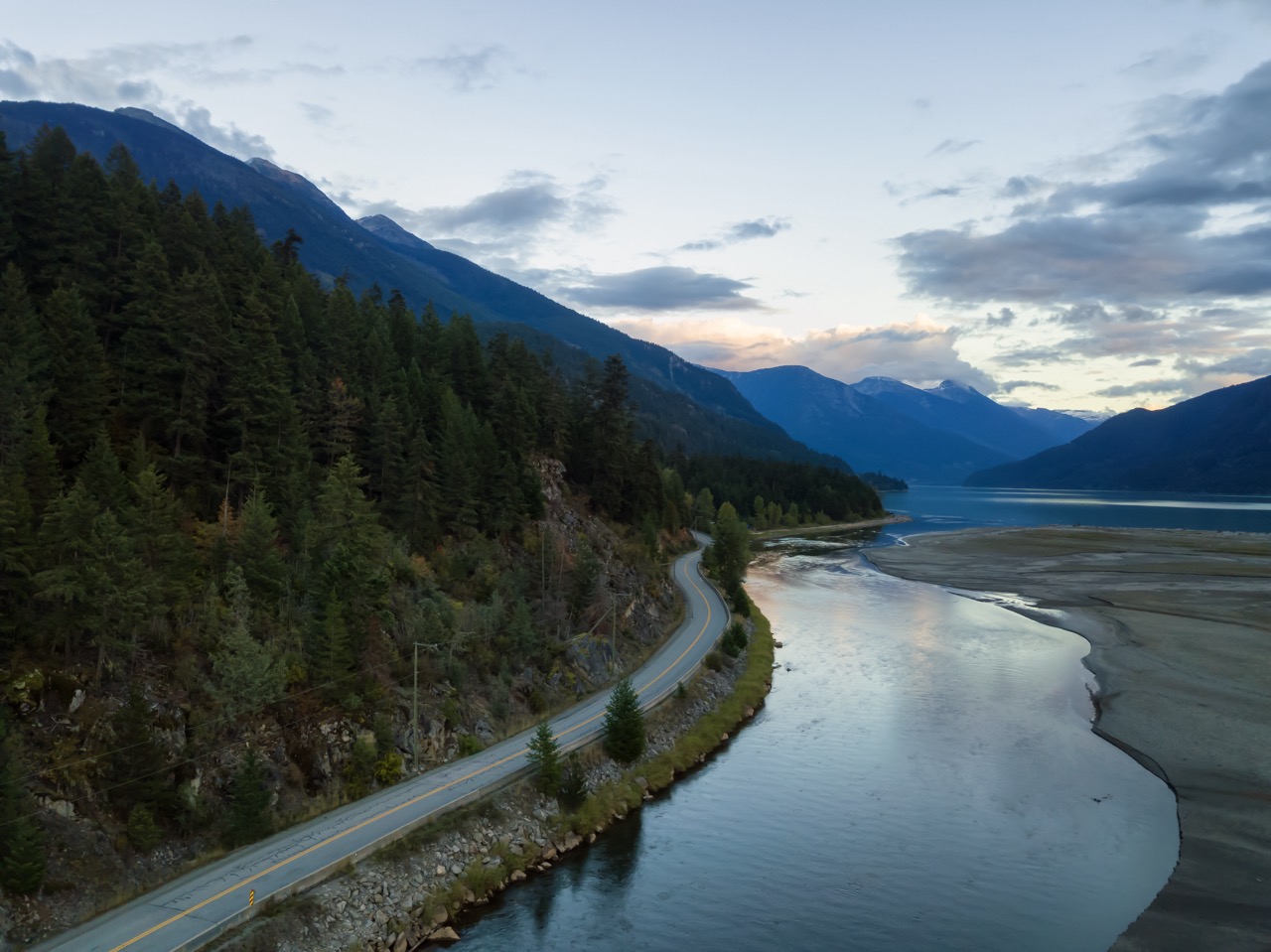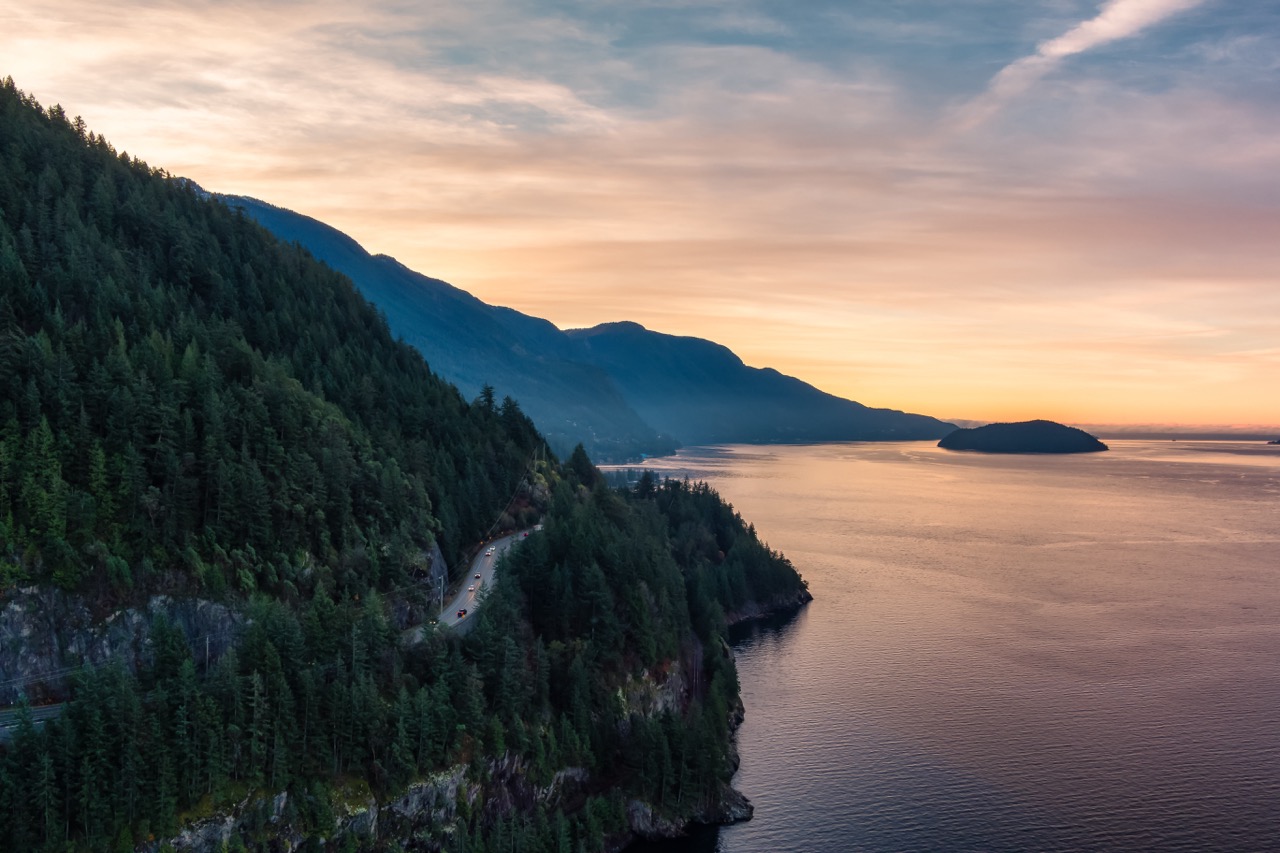British Columbia (BC) is renowned for its breathtaking landscapes, diverse ecosystems, and vibrant wildlife. The province is home to several national parks that serve as sanctuaries for nature enthusiasts and adventurers alike. From the coastal rainforests of Pacific Rim National Park to the majestic peaks of Yoho National Park, BC’s national parks are a testament to the region’s natural beauty and ecological significance. This guide offers an in-depth exploration of these protected areas, providing insights into their unique features, wildlife, activities, conservation efforts, and practical tips for visitors.
Overview of BC’s National Parks: A Natural Treasure Trove
British Columbia boasts an impressive collection of national parks, each showcasing distinct ecosystems and landscapes. These parks, established to preserve the natural heritage of the region, offer a refuge for countless species of flora and fauna. The vast wilderness of BC presents a blend of mountains, forests, lakes, and coastal regions, making it a treasure trove for outdoor enthusiasts and scientists alike. With over 13 national parks and numerous provincial parks, visitors have a wide array of options to explore the great outdoors.
The national parks in BC are not only designed for recreational enjoyment but also play a pivotal role in environmental conservation. They provide critical habitats for wildlife and serve as living laboratories for ecological research. Visitors can immerse themselves in pristine environments while learning about the importance of preserving these natural spaces for future generations. The diverse geography within these parks fosters a wide range of biodiversity, making them essential for ecological stability and resilience.
In addition to their ecological value, BC’s national parks are steeped in cultural significance. Many parks are located within traditional territories of Indigenous peoples, who have lived in harmony with these lands for thousands of years. The rich cultural heritage and traditional ecological knowledge of Indigenous communities offer valuable perspectives on land stewardship and conservation practices. This fusion of natural beauty and cultural history makes BC’s national parks truly unique destinations.
Key Features and Unique Landscapes of Each Park
Each national park in BC has its own defining features and landscapes that set it apart from the others. For instance, Pacific Rim National Park Reserve is celebrated for its rugged coastline, lush rainforests, and tidal flats. Visitors can experience the stunning scenery while walking the West Coast Trail, a challenging multi-day hike that showcases the park’s dramatic terrain. This area is also famous for its surfing spots, offering a dynamic blend of adventure and natural beauty.
Another notable park is Yoho National Park, which boasts a striking combination of towering mountains, pristine lakes, and impressive waterfalls. The park is home to the iconic Emerald Lake and the breathtaking Takakkaw Falls, one of Canada’s tallest waterfalls. The unique geological formations, such as the Burgess Shale fossil beds, add to the park’s allure, drawing geology enthusiasts and hikers alike. Yoho’s diverse landscapes provide ample opportunities for outdoor activities, including hiking, canoeing, and wildlife viewing.
Kootenay National Park, on the other hand, is characterized by its hot springs, canyons, and alpine meadows. The Radium Hot Springs, situated within the park, offer a relaxing experience amid stunning mountain views. The park’s unique thermal features and varied ecosystems showcase the diverse climatic zones present in BC, from arid grasslands to humid rainforests. Kootenay is a prime example of how diverse landscapes converge in one region, providing visitors with a rich tapestry of experiences.
Wildlife Encounters: What to Expect in BC’s Parks
BC’s national parks are teeming with wildlife, offering visitors the chance to encounter a variety of animals in their natural habitats. From majestic elk grazing in the meadows to black bears roaming the forested areas, wildlife sightings are a highlight for many park-goers. Birdwatchers can also delight in the diverse avian population, including bald eagles, peregrine falcons, and various songbirds. The parks serve as crucial habitats for numerous species, making them an ideal destination for wildlife enthusiasts.
While exploring these parks, it is essential to understand the importance of wildlife safety and conservation. Many parks provide information on how to safely observe animals from a distance, ensuring that both visitors and wildlife remain unharmed. Maintaining a respectful distance and adhering to park regulations are vital for protecting these natural inhabitants. Additionally, the behavior of wildlife can change based on human interaction, hence understanding these dynamics is crucial for responsible wildlife viewing.
Many parks also offer guided wildlife tours, enhancing visitors’ chances of encountering local fauna while learning about their habitats and behaviors from knowledgeable guides. These experiences not only deepen your understanding of the ecosystem but contribute to the conservation efforts within the parks. Engaging in such activities fosters a greater appreciation for BC’s biodiversity and highlights the importance of protecting these natural spaces.
Activities and Adventures: Making the Most of Your Visit
BC’s national parks offer a plethora of activities, catering to a wide range of interests and skill levels. Hiking is perhaps the most popular activity, with well-maintained trails that range from leisurely walks to strenuous backcountry routes. For instance, the iconic West Coast Trail presents a challenging multi-day adventure, while shorter trails around Lake Louise provide stunning views without the intense exertion. Regardless of the trail chosen, visitors can revel in the beauty of nature surrounding them.
In addition to hiking, many national parks provide opportunities for water-based activities. Kayaking, canoeing, and paddleboarding are popular on the serene lakes and rivers found within the parks. For thrill-seekers, white-water rafting in certain areas can add an adrenaline rush to a visit. Fishing is also a favored pastime in many of the parks’ pristine waters, allowing visitors to connect with nature while enjoying some quiet time by the water.
Winter sports also play a significant role in park activities, with skiing and snowboarding in parks like Yoho and Kootenay attracting winter sports enthusiasts. Snowshoeing and cross-country skiing provide alternative ways to explore the snowy landscapes, making these parks year-round destinations. Whether you’re seeking adventure or tranquility, BC’s national parks offer a myriad of options to suit every visitor’s preferences.
Conservation Efforts: Protecting BC’s Natural Heritage
The conservation of British Columbia’s national parks is of paramount importance, not only for preserving the natural beauty but also for maintaining the ecological balance within these diverse ecosystems. Park authorities actively engage in monitoring wildlife populations, restoring habitats, and conducting research to better understand the impacts of climate change and human activity. These efforts ensure that the parks remain vibrant and resilient for future generations.
Indigenous communities play a crucial role in conservation efforts within BC’s national parks. Many parks are co-managed with First Nations, integrating traditional ecological knowledge with modern conservation practices. This collaboration helps create a more holistic approach to land management, ensuring that the cultural and spiritual values of the land are honored alongside ecological considerations. Educational programs that promote awareness of Indigenous contributions to conservation are also becoming increasingly prevalent in these parks.
Public involvement is another essential aspect of conservation. Volunteer programs and citizen science initiatives allow visitors to contribute directly to park preservation efforts. Whether through trail maintenance, wildlife monitoring, or participating in educational workshops, visitors can actively support conservation while deepening their connection to the natural environment. Such opportunities foster a sense of stewardship and community among park-goers, encouraging a collective commitment to protecting BC’s natural heritage.
Practical Tips for Planning Your Park Exploration in BC
When planning a visit to BC’s national parks, it is crucial to consider the time of year and weather conditions. Each park has its peak seasons, often aligning with milder weather and optimal wildlife viewing opportunities. Early summer and early fall typically offer ideal conditions for hiking and other outdoor activities. Familiarizing yourself with the regional climate will help ensure a more enjoyable experience while preparing for any potential weather changes.
Accommodation options vary widely across the parks, ranging from campgrounds to lodges and cabins. It is advisable to book accommodations in advance, particularly during peak tourist seasons. Many parks also offer backcountry camping for those looking for a more immersive experience. Additionally, visitors should familiarize themselves with park regulations and guidelines, particularly regarding fire safety, wildlife encounters, and leave-no-trace principles, to ensure a safe and responsible visit.
Finally, to maximize your experience, consider engaging with local park guides or joining organized tours. Knowledgeable guides can provide valuable insights into the unique features of the parks and enhance your understanding of the ecosystems you are exploring. Whether you opt for a self-guided adventure or a guided tour, being well-prepared will enable you to make the most of your exploration of BC’s national parks.
Exploring British Columbia’s national parks offers an unparalleled opportunity to connect with nature, witness diverse wildlife, and engage in a wide range of outdoor activities. With each park showcasing its unique landscapes, ecosystems, and cultural histories, visitors are bound to find their own slice of paradise in these natural treasures. As conservation efforts continue to protect and preserve these incredible spaces, each visit contributes to a legacy of environmental stewardship and appreciation for the breathtaking beauty of BC’s wilderness. Whether you’re seeking adventure, tranquility, or a deeper understanding of nature, BC’s national parks stand ready to welcome you into their embrace.





